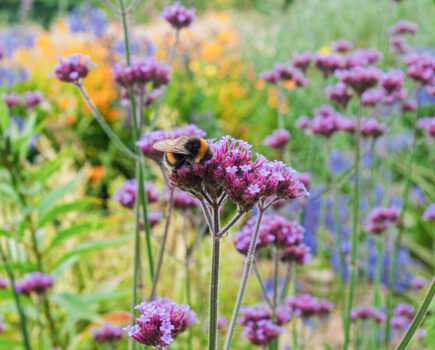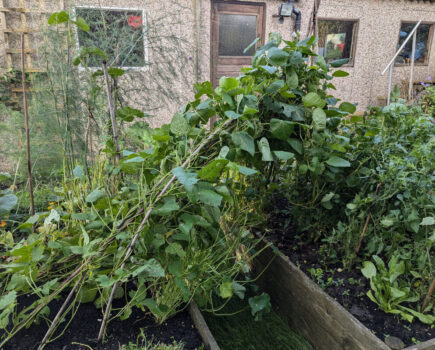The Royal Horticultural Society (RHS) reveals the unsung and largely unknown edible plants and flowers flourishing in thousands of gardens that people never knew they could eat.
This autumn, as part of its much-loved Festival of Flavours, the RHS, is highlighting the incredible edible plants that not only provide beautiful flowers and garden interest but that can also help to diversify diets and provide a boost to garden harvests.
‘Edimentals’ is a term applied to plants that are edible and ornamental and could be an untapped food source for thousands of gardeners. Their dual purpose offers a very practical solution to growing plants in urban areas or gardens with limited space.
Sheila Das, Garden Manager at RHS Garden Wisley, said: “Edimental plants are a beautiful and easy way to grow food. They are resilient and have longevity and if you have a small garden they can be both decorative and delicious. However, take care the accurate identification of flowers and plants is essential, if in doubt don’t eat it, and you can find help with identification by visiting the RHS website www.rhs.org.uk.”
Some of the most common garden flowers and plants that have great flavours too:
…………………….
Top tips for safe ‘edimental’ eating
- Avoid old, faded or dusty flowers from roadsides and areas frequented by livestock or dog walkers.
- Beware of bees and remove small insects from flowers by giving them a shake to encourage insects to leave.
- People susceptible to allergy, especially pollen, should not eat flowers.
……………………………
1. Lily (Lilium) – shoots, leaves and flowers are edible plus lily bulbs can be cooked as a substitute to potatoes


Just be aware lilies are poisonous to cats
2. Day lily (Hemerocallis) – add buds and flowers to stir fries, salads and soups. Crunchy with a peppery aftertaste
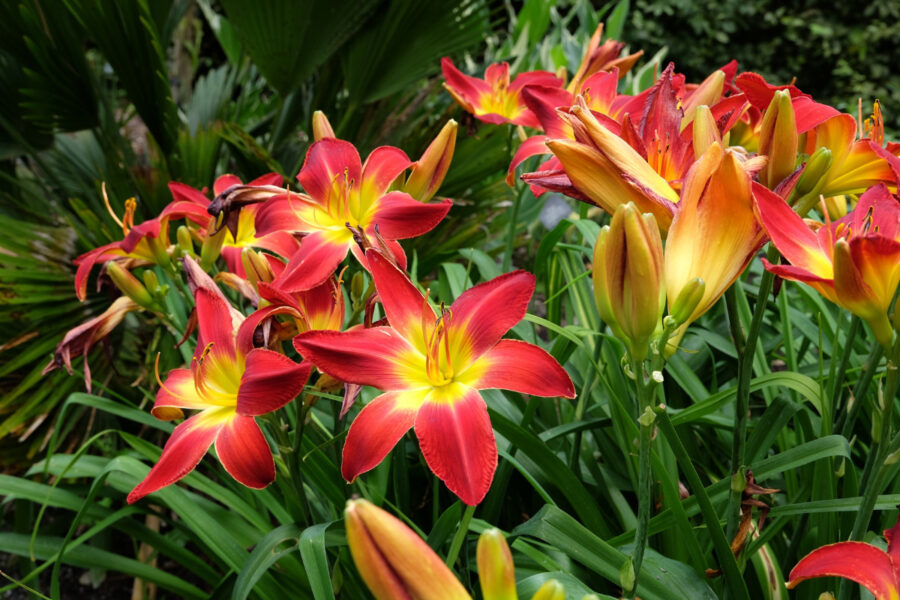
3. Tiger lily (Lilium leucanthemum var. tigrinum) – delicate fragrance and flavour enhances salads, omelettes and poultry
4. Dahlia tubers – these nutty flavoured tubers need to be cooked – boiled, roaster or fried


5. Fuchsia – edible flowers and berries make a good jam
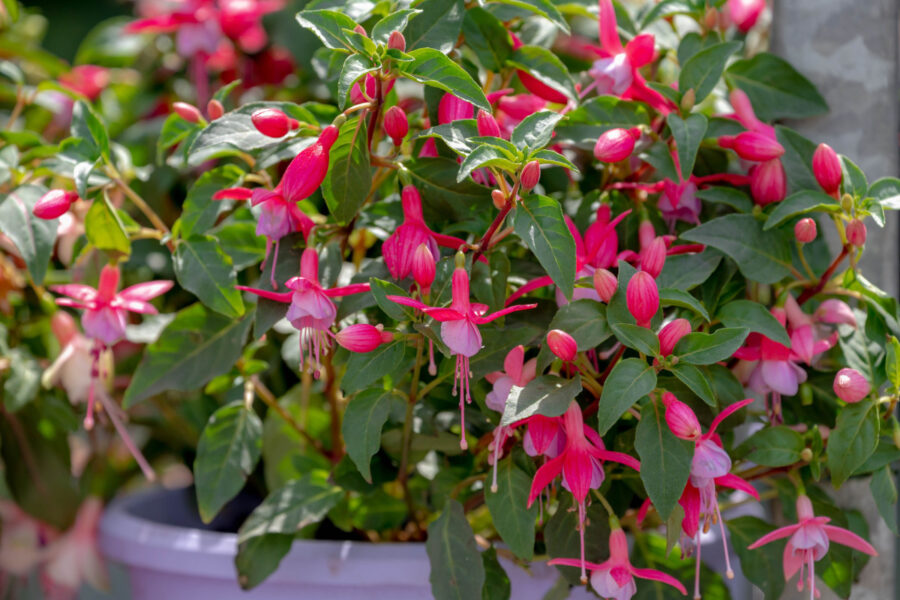
6. Wisteria – edible flowers
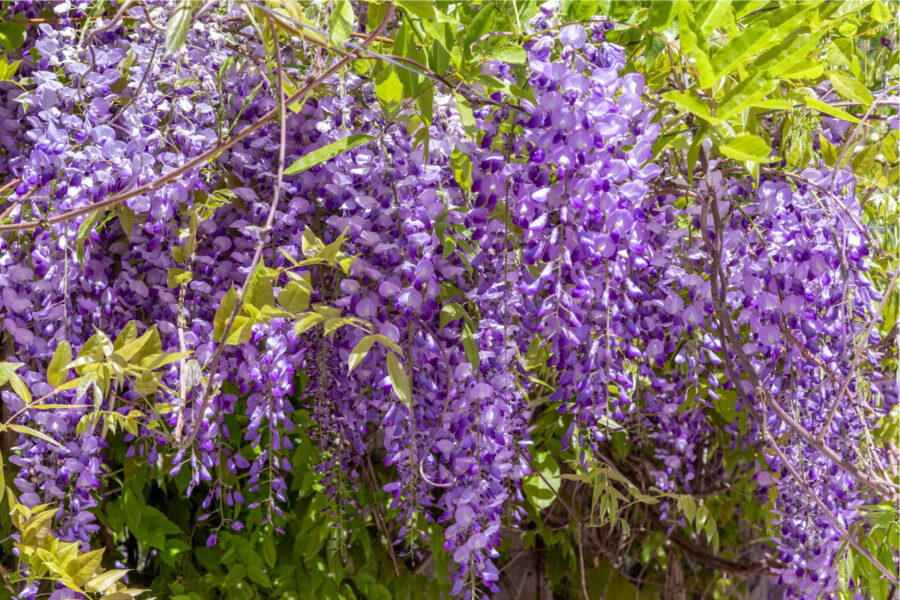
7. Plantain lily (Hosta) – shoots are tasty spring veg and the flowers are edible too.
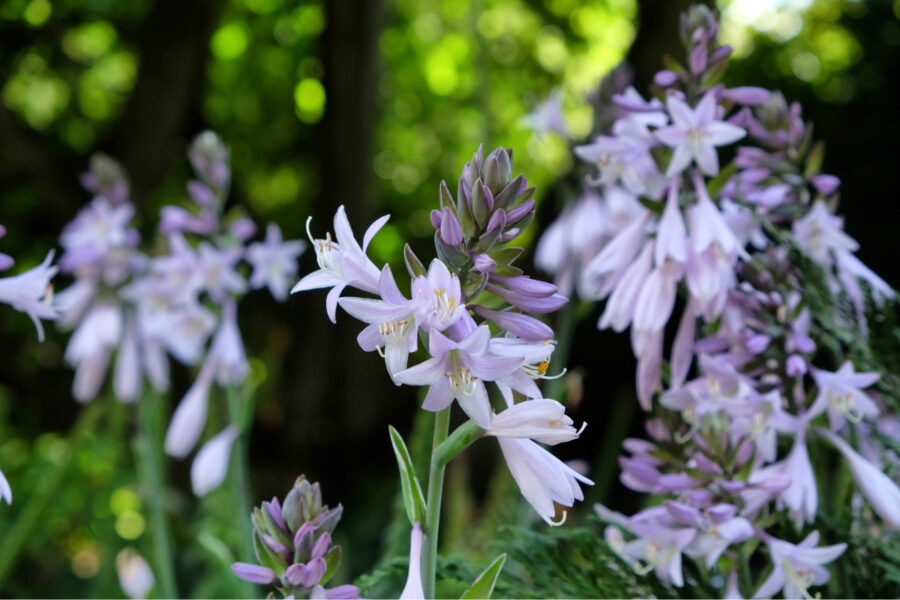
8. Magnolia – young spring flower buds and flowers are edible

9. Bergamot (Monarda) – the whole plant is edible but particularly flowers, and there is a oregano scent to the leaves
10. Pot marigold (Calendula officinalis) – intense colour and peppery taste useful in soups, stews and puddings.
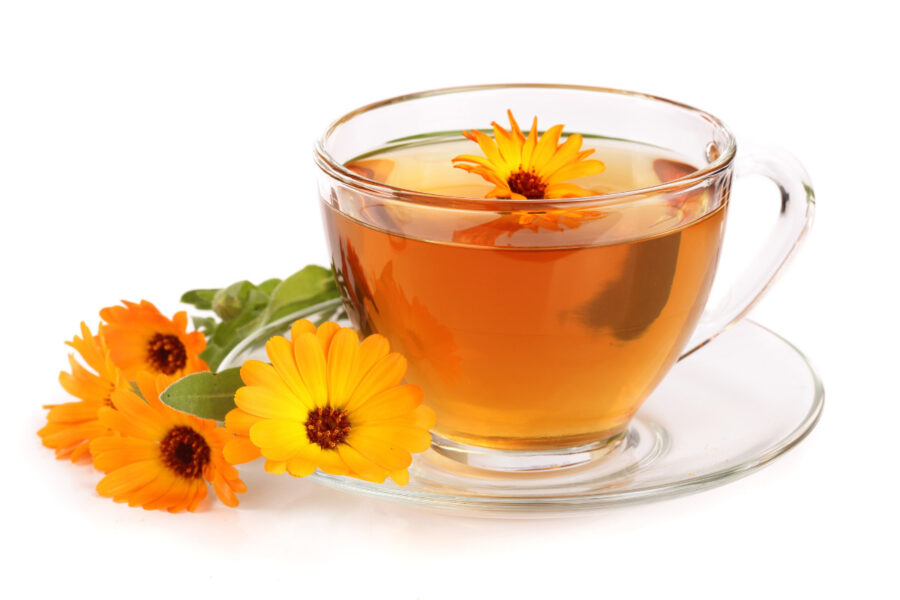
11. Alpine pinks (Dianthus) – a clove-like flavour ideal for adding to cakes
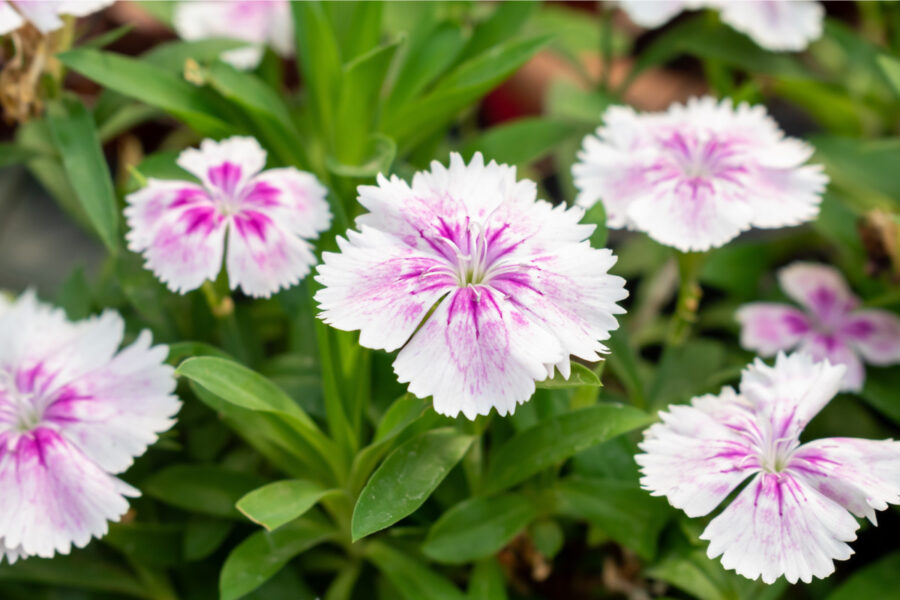
12. Alliums – all parts are edible with an onion or garlic taste – use for drinks, soups and salad
13. Nasturtium (Tropaeolum majus) – brightly coloured, peppery flowers are good in salads and pasta dishes. The whole flower, leaves and buds can be used and seeds make a caper substitute
14. Garden lady’s-mantle (Alchemilla mollis) – use young leaves in salads
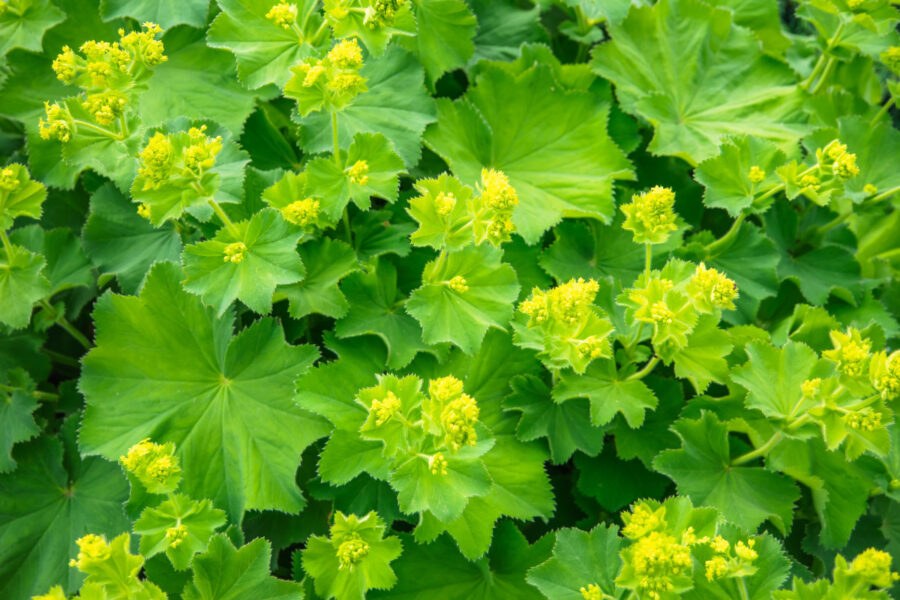
15. Camassia bulbs – edible when cooked
16. Hyacinth bean (Lablab purpureus) – leaves, roots, flowers, pods and beans are all edible with the beans turned into tofu and pods used in curries.
17. Daisy (Bellis perennis) – not a strong flavour but petals make an interesting garnish for cakes and salads
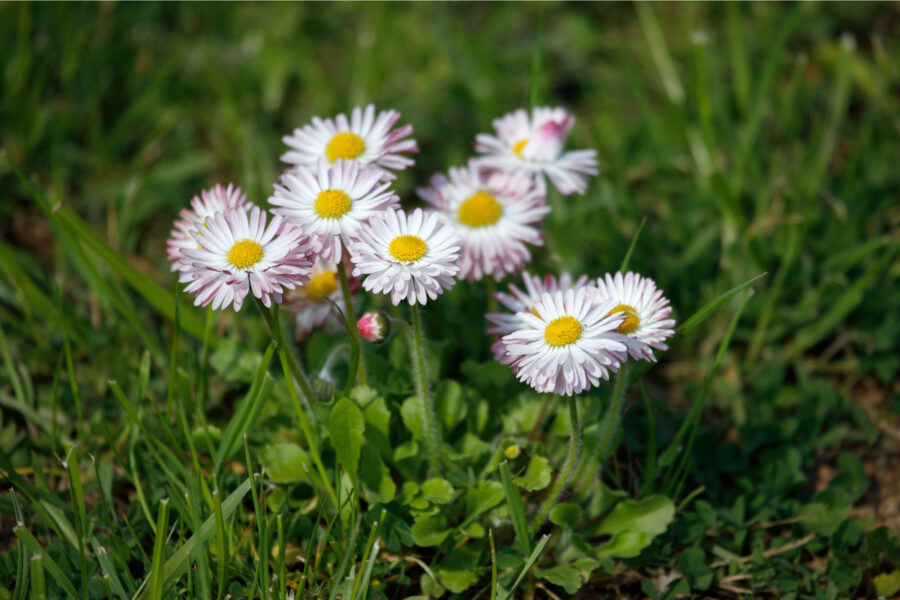
18. Cardoons (Cynara cardunculus) – essentially globe artichoke plants eaten as a cooked celery
19. Cherry plums (Prunus cerasifera) – common garden ornamental tree notably ‘Pissardii’ and ‘Nigra’
20. Sea kale (Crambe maritima) – popular in herbaceous borders but can also be forced. It’s shoots, leaves, flower bud, roots and stems are all edible.
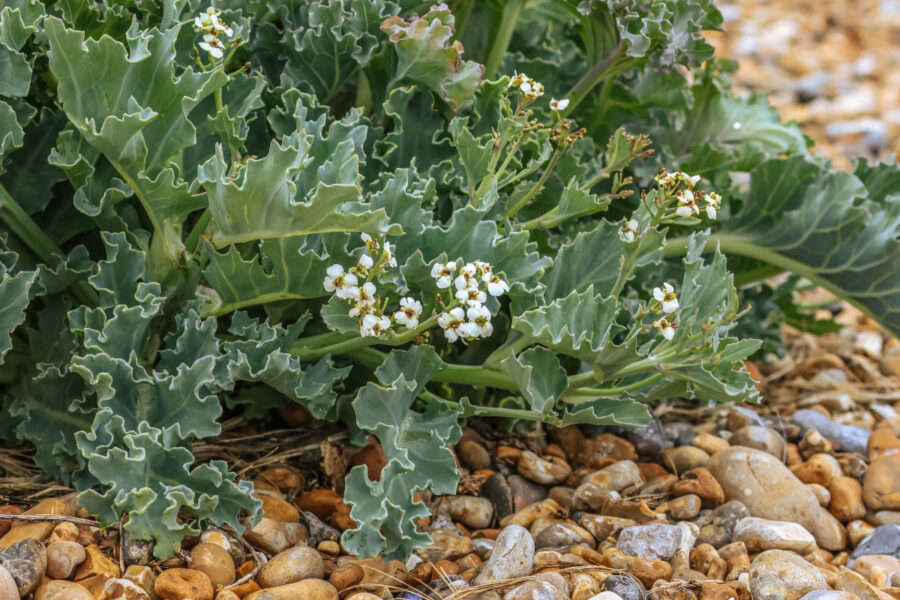
21. Oregon grape (Mahonia aquifolium) – has edible berries and whilst safe to eat can be sharp
22. Barberry (Berberis) – edible berries
23. Japanese quince (Chaenomeles speiosa) – invaluable spring flowering shrub, fruits make jelly
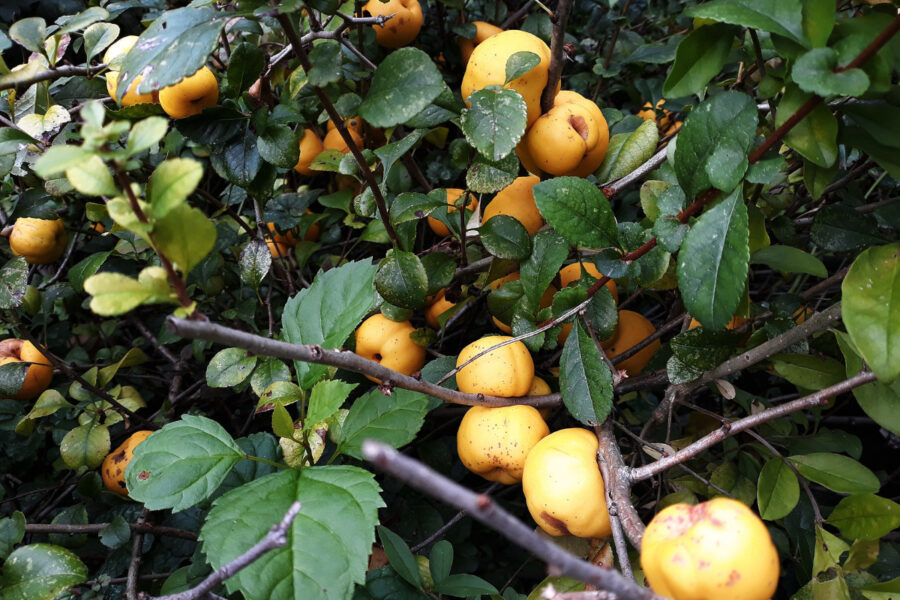
24. Crab apples (Malus sylvestris) – jelly or sauce
Correct plant identification is important
If at all in any doubt do not eat. For help with identification visit the RHS website www.rhs.org.uk.
Find more tips, advice and articles like this at the Amateur Gardening website. Subscribe to Amateur Gardening magazine now



